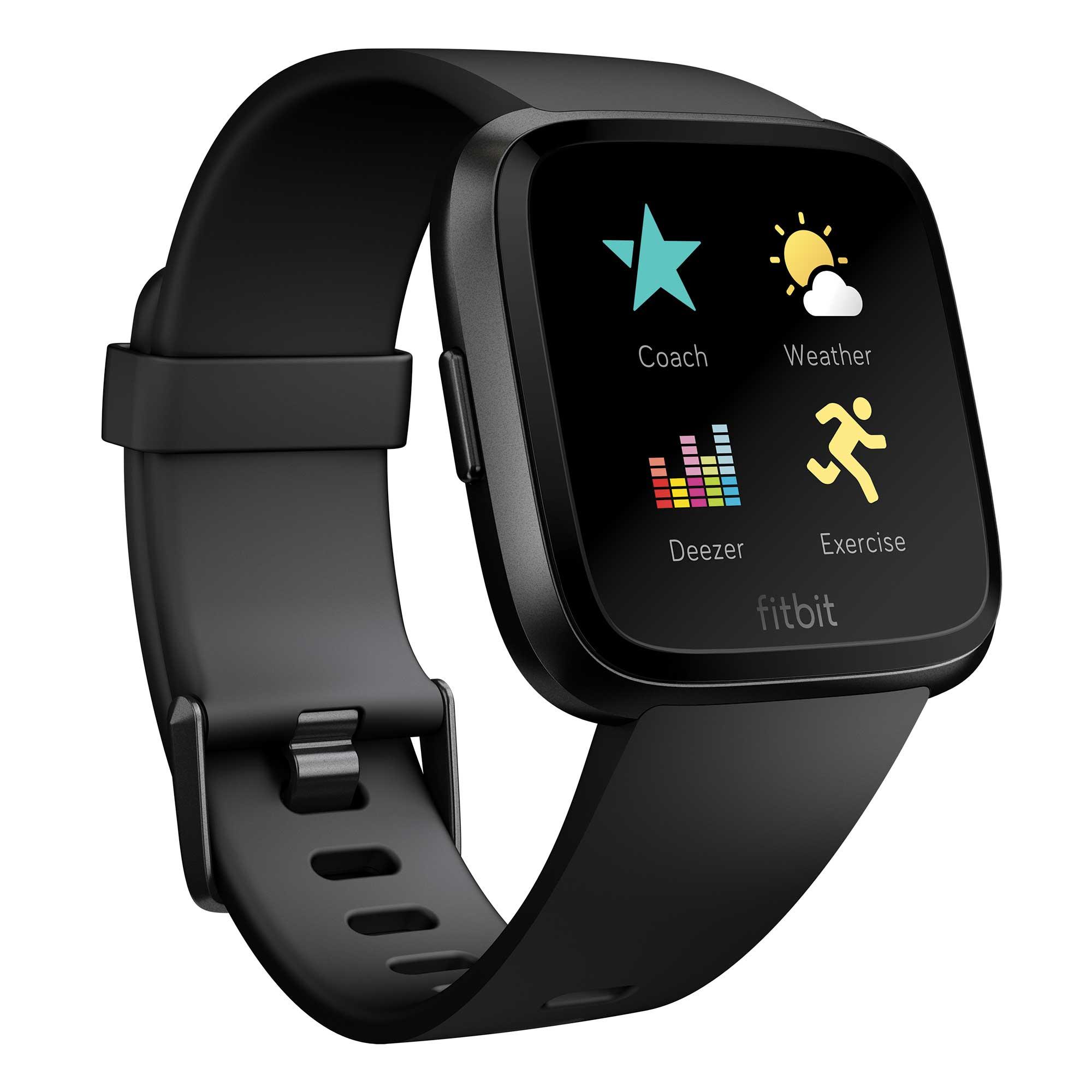

#FITBIT HEART MONITOR PATCH#
More than 450,000 Fitbit users were recruited for the trial, which followed up PPG detection of atrial fibrillation with electrocardiogram (ECG) patch monitoring to validate the findings. The FDA’s authorization of the new feature is based on the results of a large clinical trial conducted by researchers from Massachusetts General Hospital. These measurements determine your heart rhythm, which the detection algorithm then analyzes for irregularities and potential signs of atrial fibrillation.”

“Fitbit’s PPG optical heart-rate sensor can detect these volume changes right from your wrist. “When your heart beats, tiny blood vessels throughout your body expand and contract based on changes in blood volume,” Google explained in a blog post announcing the new feature. Once the system detects an issue it will send an Irregular Heart Rhythm Notification recommending the wearer seek further medical advice. The new feature uses Fitbit’s photoplethysmography (PPG) sensor to monitor a wearer’s heart beat while a novel algorithm continuously tracks the data for signs of atrial fibrillation. The roll-out is based on a massive study that last year reported the Fitbit algorithm accurately detects 98 percent of irregular heart rhythms. Food and Drug Administration (FDA) has authorized a new Fitbit feature designed to continuously monitor a wearer’s heart rhythms for signs of atrial fibrillation.


 0 kommentar(er)
0 kommentar(er)
